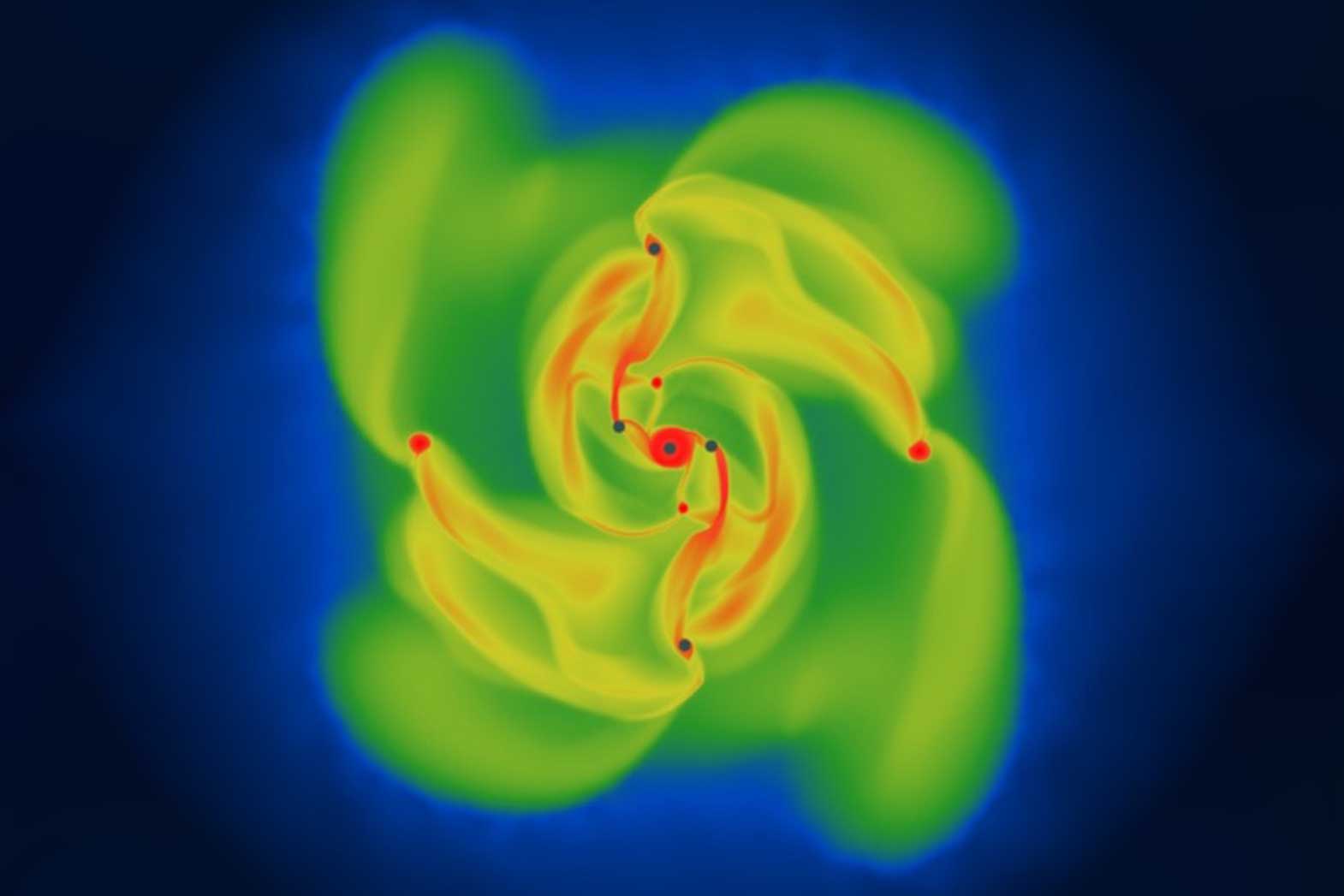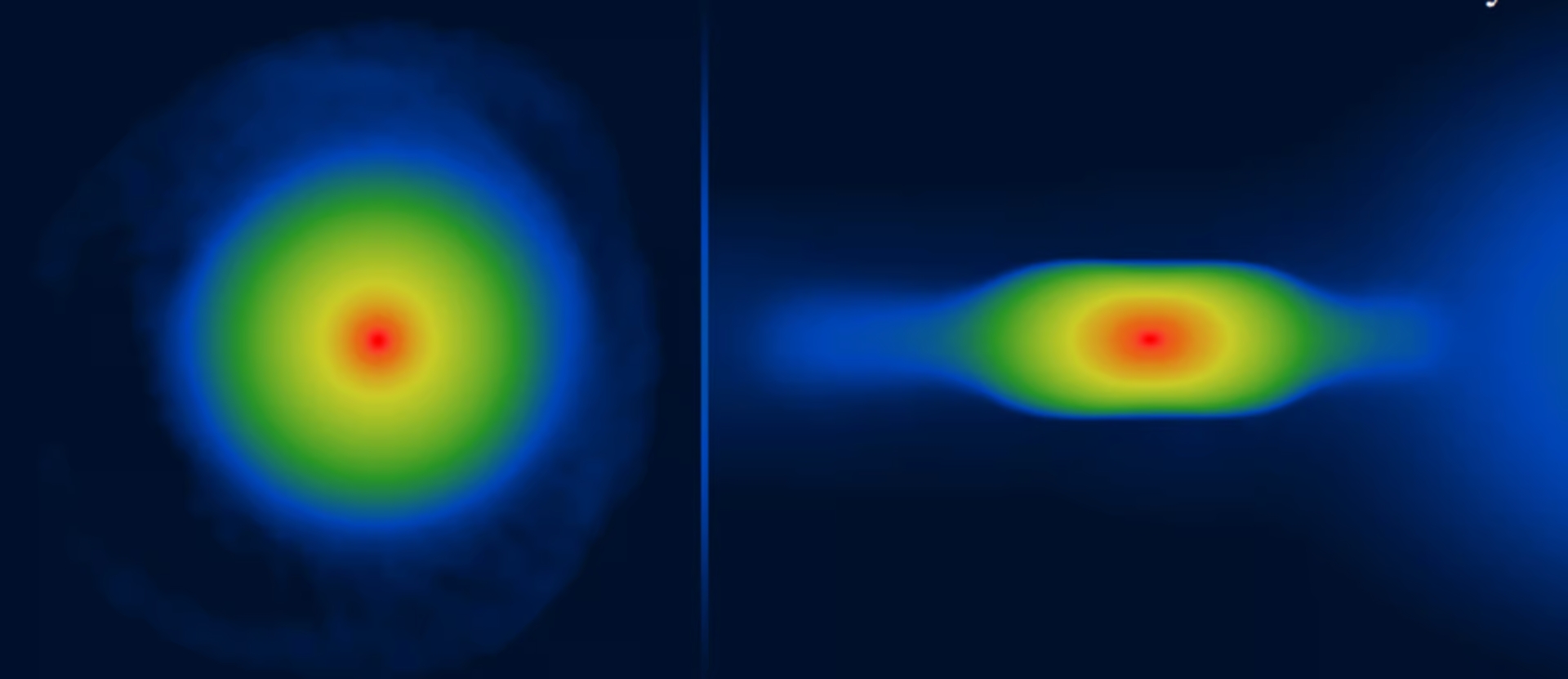Fans of one of the popular conspiracy theories about a flat Earth are probably already interested in the latest news from the scientific community, but they are several billion years too late. The new hypothesis suggested the evolution of planets that were flat at the very first stage of their formation before acquiring a spherical shape.

In a new study published in Astronomy and Astrophysics Letters, scientists from the UCLan‘s Jeremiah Horrocks Institute for Mathematics, Physics, and Astronomy are considering an alternative mechanism for the formation of gas giants — a model of fragmentation of a flat disk due to gravitational instability. They investigate the three-dimensional structure of protoplanets with unstable disks and their relationship to the thermophysics of the fragmentation process. Using computer simulations, scientists simulated the formation of planets based on the theory of disk instability. According to this theory, protoplanets quickly arise in dense gaseous flat disks that surround young stars, due to their fragmentation.
The researchers analyzed the characteristics of the planets, compared them with observations and carefully studied the formation of gas giants. The main attention was paid to the shape of young planets and their transformation into massive gas giants, as well as the properties of planets forming under various physical conditions.
A study by astrophysicists from the University of Central Lancashire shows that at the very first stage of formation, planets first have a flattened shape, similar to a pancake, and not spherical, as previously thought. This indicates that protoplanets first acquire a flattened structure.

Dr. Adam Fenton, who led the study, noted that the formation of planets remains unclear, and pointed out two main theories: core accretion and disk instability theory. He noted that the latter theory could better explain the process of planet formation. The study shows that young planets mostly increase when material falls on them from the poles, rather than from the equators, stretching into an oblate spheroid, which has a somewhat flat and oval shape, and only over time they take on their usual spherical shape. This important discovery highlights the importance of observing young planets for understanding their formation.
Further research will focus on studying the influence of the environment on the shape of the planets and determining their chemical composition using future observations from telescopes such as JWST.
According to techexplorist.com
Follow us on Twitter to get the most interesting space news in time
https://twitter.com/ust_magazine


